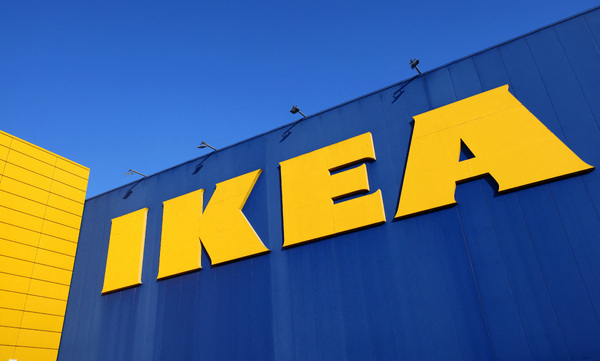The changing shape of the ecommerce landscape
Sponsored by JellyfishEd Bussey, Chief Solutions Officer and Matt Wurst, VP Client Management, Jellyfish
The retail world is undergoing a paradigm shift, with the way people shop online fundamentally changing. Search engines, marketplaces such as Amazon and social networks such as Facebook are increasingly providing shopping alternatives to traditional ecommerce sites. In time these platforms will be the dominant drivers of online commerce.
The key to winning is content. Content has always been king, and in this world of fragmented and decentralised commerce its value is even more acute. A brand’s content is increasingly its sole means of connecting with consumers across this ever-growing list of channels and platforms.
The challenge
What passed for a respectable ecommerce strategy a few years ago is no longer going to deliver the desired results, as consumers move to platforms where brands have less control over their customer relationships and data.
To avoid losing market share, brands must establish and optimise their presence across these platforms, using content to capture attention and trigger consumer action. All this while competing for prominence, not just with other brands but all of the other distractions within these environments.
The opportunity
While not responding to these challenges could be catastrophic for a retail sector already under immense pressure, the growth opportunities are tremendous for those retailers that quickly adapt. Digital platforms enable them to tap into new, ready-made demographic and geographic audiences, where the platforms have often already borne the brunt of user acquisition costs. The retailer’s challenge, in this context, is to establish a presence on the most relevant platforms and optimally engage with the audiences there. But how do they do that?
1. Create a new blueprint
The fast-changing digital landscape demands a completely new customer acquisition and retention blueprint, with new strategies, tactics and skill sets in content creation, distribution and measurement. Retailers can’t be on every platform, so the starting point is to understand which platforms their audiences are using and how they are using them, based on an integrated view of the entire digital landscape, rather than partial, siloed perspectives on individual platforms. Only then can they properly prioritise and maximise the efficiency of their budgets.
2. Unlock the potential with optimised content
A platform presence is only as good as the content used to optimise a retailer’s discoverability and impact on that platform. Content is the key to unlocking the potential of platforms. However, as each platform is underpinned by different usage scenarios and algorithms (think Amazon performance versus TikTok or Facebook), the challenge is to find the right formula to adapt your content for each one. Strategic partnerships with these platforms can help, enabling retailers to look under the bonnet and see how they work.
3. Amplify reach with scale
In this decentralised landscape, retailers need to make their budgets spread further, amplifying the reach, and hence ROI, of their content. The trick is to adapt their content, at scale, for each of their international markets, and at every point in the purchase journey – from the first piece of media a consumer may see, right through to the pre-purchase product content that will persuade them to buy.
Maintaining content quality at scale, whether in-house or via traditional agencies, was challenging when retailers only had to worry about their ecommerce websites. It is now completely unfeasible in today’s dispersed digital landscape. The solution is to combine human creativity with efficiency-driving technology that can carry out the time-consuming and repetitive elements of the content creation process. For instance, Jellyfish’s global network of more than 10,000 skilled content creators can deliver five million words of content per month as it is powered by technology that streamlines the content creation process.
4. Focus on performance
A relentless focus on measurable content performance is the final pillar to success in the fragmented platform landscape. Ongoing measurement and optimisation, based on a perpetual feedback loop, not only improves results but maintains relevance in the face of the market’s unprecedented rate of change. It ensures the content moves the needle on crucial retail KPIs, such as product page conversion rates, visitor or advocate numbers, basket sizes or product return rates.
The new digital landscape may appear daunting, but these are exciting times with vast opportunities for brands to deepen their relationships with their existing and new customers by engaging with them in a plethora of new ways. And in many respects it’s nothing new. Retailers have been optimising the merchandising of their products in shopping malls for years. They just need to apply the same principles, combined with some algorithmic expertise and a lot more measurement, to the digital world.
For insights into the ecommerce content of 100 leading US retailers, read Jellyfish’s report here

Business Reporter Team
Most Viewed
Winston House, 3rd Floor, Units 306-309, 2-4 Dollis Park, London, N3 1HF
23-29 Hendon Lane, London, N3 1RT
020 8349 4363
© 2025, Lyonsdown Limited. Business Reporter® is a registered trademark of Lyonsdown Ltd. VAT registration number: 830519543





